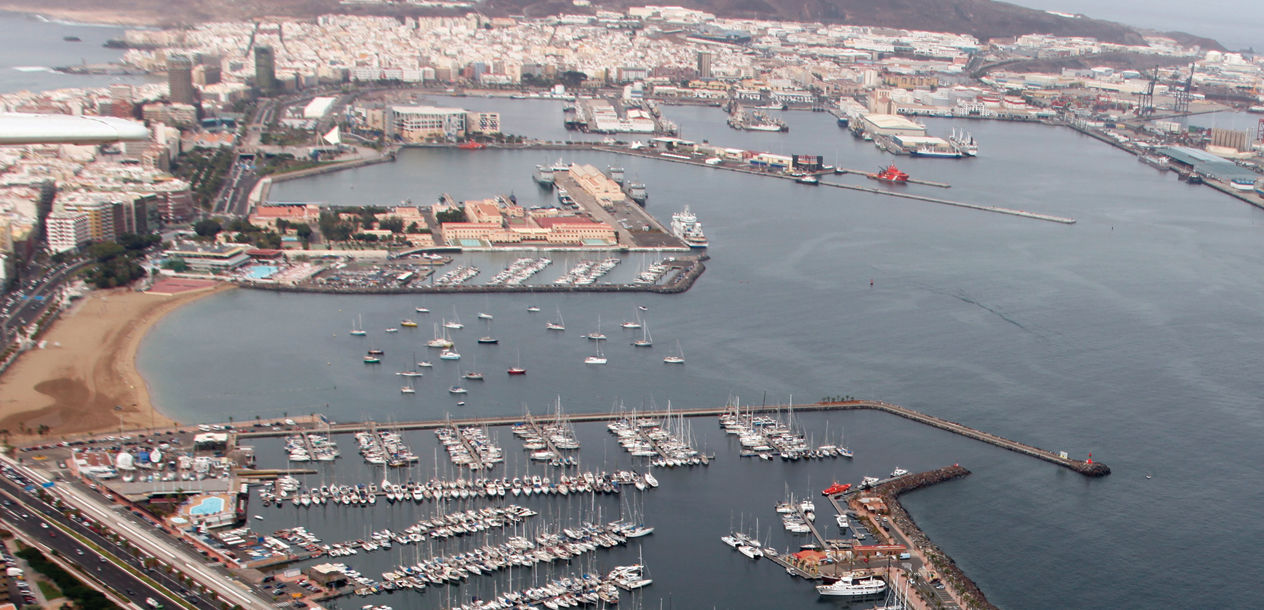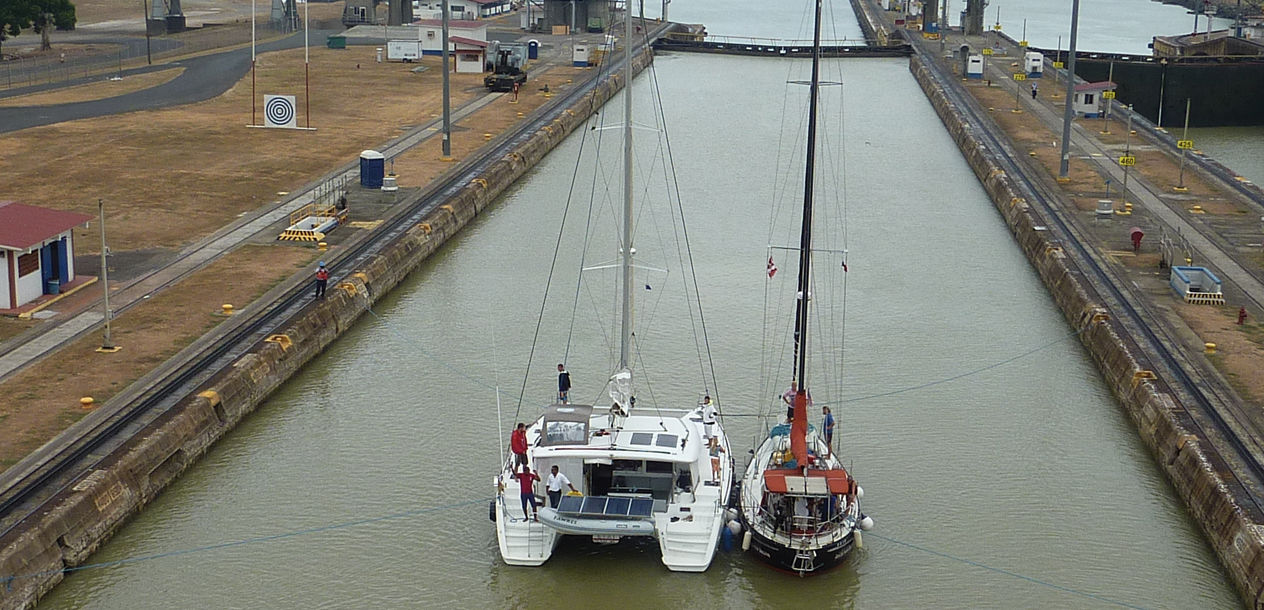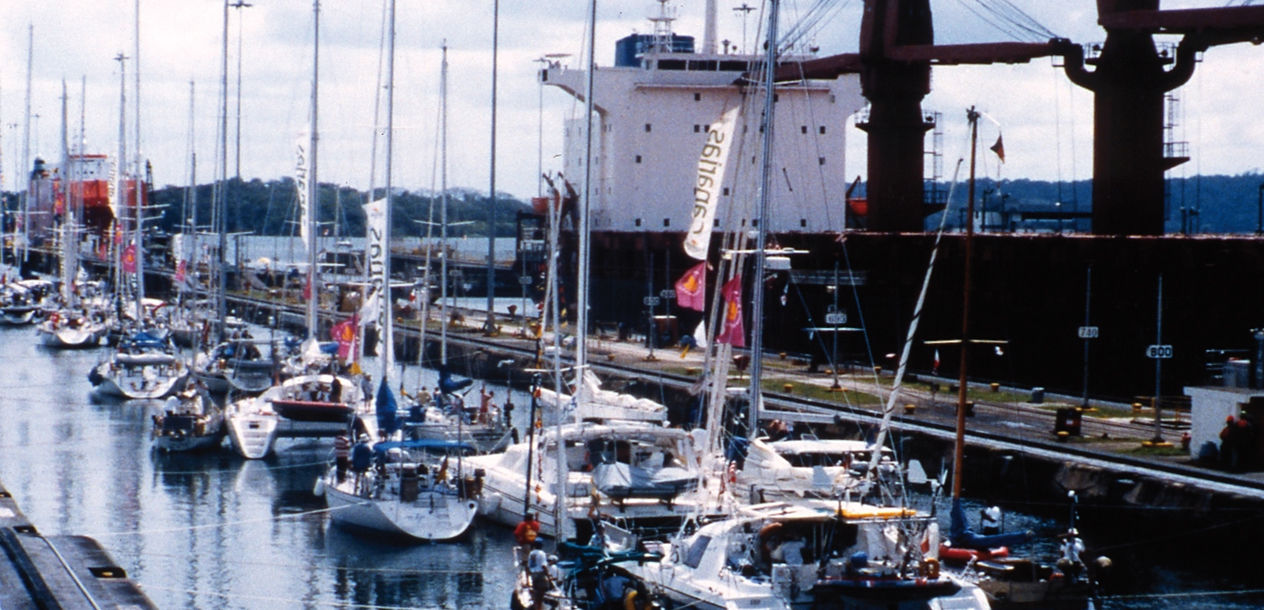
Issue #: 11
Published: August / September 2017
- Price per issue - digital : 6.50€Digital magazine
- Access to Multihulls World digital archives Digital archives
A long-term voyage in a boat is often the adventure of a lifetime. A wonderful moment which begins – as we have seen previously – the day the decision to leave is really taken. Then comes the search for the right boat, its preparation and…the actual organization of the voyage. Where to go? When to leave? Where to stop, and which anchorages not to miss?
Because although it is essential to choose the right boat and prepare it correctly, you mustn’t forget that it’s above all the itinerary which will make the voyage. And in this area, unlike many others, it is often advisable to look at what others have done. This is called experience, and it is often very useful when it comes to organizing your long-term cruise. Jimmy Cornell and the whole of the Multihulls World editorial team – a good amount of experience and numerous round the world trips, transats and other voyages – open up their secret notebooks to you here…
People complain ever more frequently that their favorite anchorages are now overcrowded and that in many places, if you don’t book ahead you won’t get a place in the harbor. Yet, astonishingly, the number of foreign-flagged vessels visiting the world’s key cruising hubs is down by at least 20 per cent overall since the start of the Millennium. So what is going on? Where have all the boats gone?

Since my last global yacht cruising survey in 2010, politics and climate change have affected offshore cruising both in the short and long term, but in order to understand the changes, we need to know exactly where the 8,000 or so ocean cruising yachts actually went (and where they didn’t), what size the boats typically are and how many people were on board. The survey is a good opportunity to find out the actual proportion of catamarans there are among cruising yachts and should prove that you can still find unspoiled, uncrowded harbors and destinations.
The political upheavals in the Middle East and North Africa have greatly affected cruising in the Mediterranean as well as passages through the North Indian Ocean and Red Sea, but while those effects can be regarded as regional, the consequences of climate change are now affecting the entire world. Global weather conditions in 2015 were also affected by a prolonged El Niño episode that exacerbated the ongoing effects of climate change, most notably in the north-west Pacific where at least one typhoon occurred in every month of the year, with a safe sailing season now sadly a thing of the past.

The port of Las Palmas in the Canary Islands boasts a larger concentration of boats preparing for an ocean passage than any other place in the world – 75 per cent of which are heading west to the Caribbean. But the number of visiting yachts in 2015 is 40 per cent lower than it was in 2010. The lower number may be explained by some boats leaving from other Canary Islands, but according to Juan Fancisco Martin, commercial director of the port of Las Palmas, ‘A gradual downward trend has become noticeable in recent years.”
Extrapolating from the figures obtained from Gibraltar, the Cape Verdes, Canaries and Madeira, it can be assumed that every year approximately 1,200 boats cross the Atlantic along the NE tradewind route. This is 20 per cent lower than the 2010 estimate.
Most of the European boats that sail to the Caribbean complete an Atlantic circuit by sailing from the Canaries to the Caribbean after the middle of November, returning home the following year in May or June by sailing to the Azores, either direct or via Bermuda.

Although Lajes on the island of Flores is the western-most port in the Azores, Horta on Faial continues to be the preferred landfall at the end of an eastbound transatlantic passage. While the total ...
What readers think
Post a comment
No comments to show.